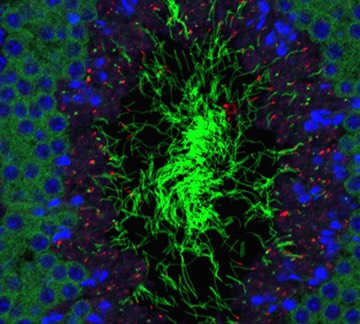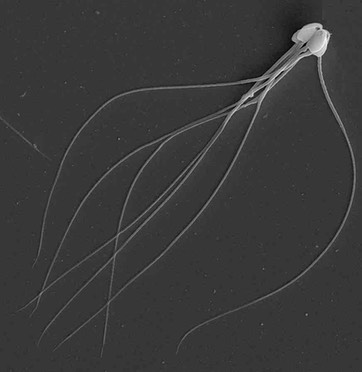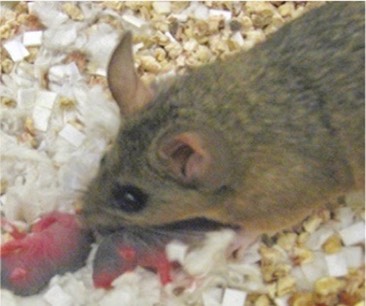The primary focus of our lab is to investigate the evolution of sexually selected traits, and specifically how cooperation, competition and conflict influence reproductive trait evolution. The duel nature of sperm cells, as both an extension of the diploid male that produced the gametes and as a unique haploid individual, generates an exceptional research model to study the social interactions within and between levels of biological organization (from sperm to males to populations). Our work is focused on Peromyscus rodents. These mice offer an ideal model due to the extreme divergence in mating strategy within the genus and the wide range of natural phenotypic diversity that results. Some current projects include:

Molecular mechanisms of sperm recognition and adhesion
We use genomics, transcriptomics and proteomics to explore the molecular mechanisms underlying a unique cooperative behavior observed in sperm of some Peromyscus species. These temporary aggregates enable the cells to migrate to the fertilization site with greater velocity compared to individual sperm; even more remarkably, in a species with intense sperm competition (P. maniculatus), sperm are able to recognize the most closely related cells and selectively group with them. Using an integrated molecular approach, we are working to understand how this highly-refined recognition system evolved

Dynamics of sperm cooperation
The goal of this work is to understand why sperm aggregates form - what are the fitness consequences of sperm group formation, and when are solitary sperm at an advantage? Here we use integrative microscopy and a variety of tools borrowed from fertility research to explore the consequences of sperm group formation on movement and fertilization within the female reproductive tract.
Evolution of sperm shape and aggregate formation
In collaboration with Dr. Luca Giomi’s research group, we are exploring the evolution of sperm shape and design, and how it influences aggregate formation and stability. This work combines an experimental and a comparative approach with mathematical modeling and machine learning.

Reproductive trade-offs and transgenerational inheritance
Using the biparental California mouse (Peromyscus californicus) as a model and in collaboration with Dr. Erica Glasper’s reserach group, we are exploring reproductive strategies in males actively engaged in parental care. In addition, we are investigating transgeneration inferitance through sperm RNAs in this system.
To see our reseach in the news, see our Media page.